Edit, Download, and Sign the Comprehensive Guide to Restriction Mapping Techniques
Form
eSign
Add Annotation
Share Form
How do I fill this out?
To fill out this document, begin by reviewing the provided restriction maps carefully. Next, perform the specified digest reactions and document the fragment sizes. Finally, use the provided templates to construct complete maps.
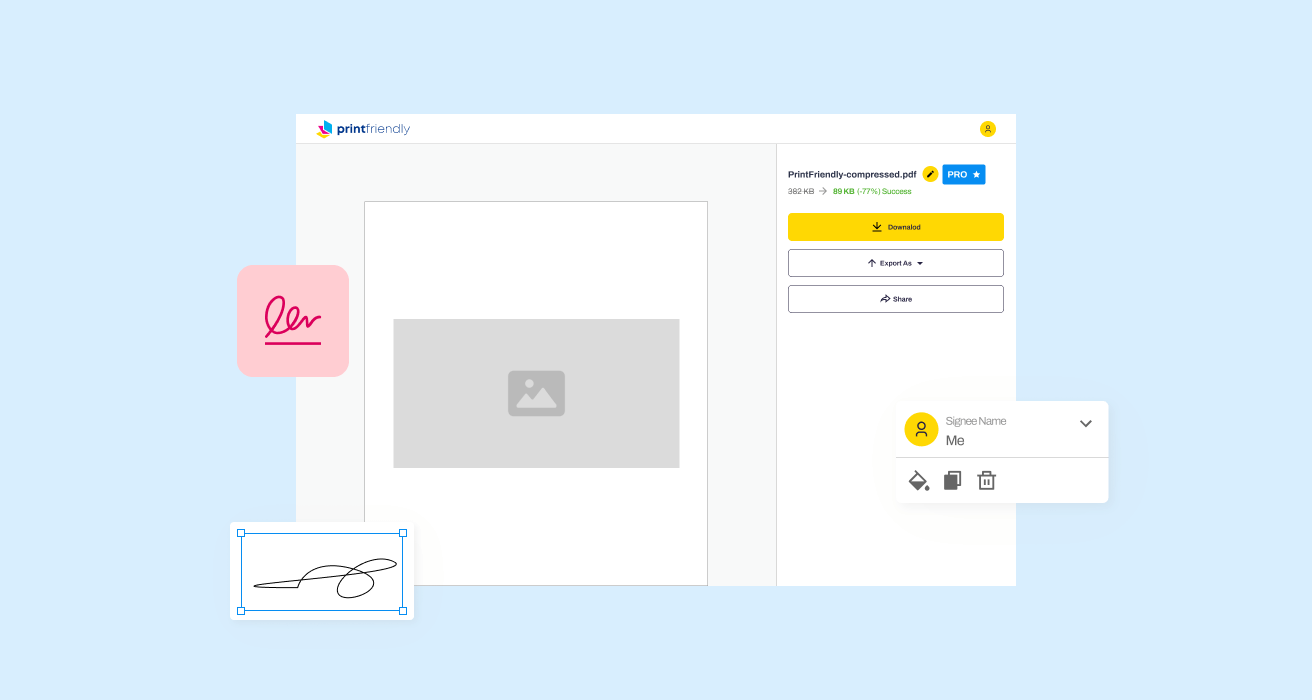
How to fill out the Comprehensive Guide to Restriction Mapping Techniques?
1
Review the restriction maps included in the document.
2
Perform the enzyme digests as instructed.
3
Record the sizes of the obtained fragments.
4
Use the collected data to construct the restriction map.
5
Double-check your map against known patterns.
Who needs the Comprehensive Guide to Restriction Mapping Techniques?
1
Biology students needing to understand restriction mapping.
2
Researchers conducting molecular biology experiments.
3
Laboratory technicians working with plasmids.
4
Educators teaching genetics and molecular techniques.
5
Biotechnology enthusiasts exploring genetic engineering.
How PrintFriendly Works
At PrintFriendly.com, you can edit, sign, share, and download the Comprehensive Guide to Restriction Mapping Techniques along with hundreds of thousands of other documents. Our platform helps you seamlessly edit PDFs and other documents online. You can edit our large library of pre-existing files and upload your own documents. Managing PDFs has never been easier.

Edit your Comprehensive Guide to Restriction Mapping Techniques online.
Editing this PDF on PrintFriendly is a straightforward process. Simply upload the document and utilize our advanced editing tools to make necessary changes. Save your modified version quickly for future use.

Add your legally-binding signature.
You can easily sign this PDF on PrintFriendly by selecting the signature option. Draw your signature on the document or type it in. Save the signed copy for your records conveniently.
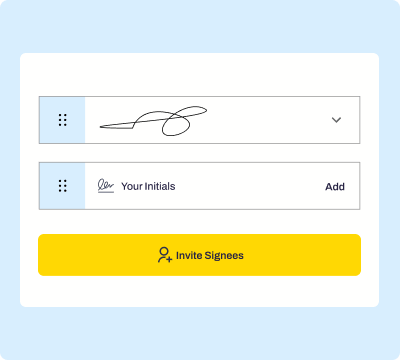
Share your form instantly.
Sharing your edited PDF is simple with PrintFriendly. Use the sharing options provided to send your document to collaborators via email or link. Ensure everyone has access to your latest version effortlessly.
How do I edit the Comprehensive Guide to Restriction Mapping Techniques online?
Editing this PDF on PrintFriendly is a straightforward process. Simply upload the document and utilize our advanced editing tools to make necessary changes. Save your modified version quickly for future use.
1
Upload the PDF document to PrintFriendly.
2
Make desired edits using the editing tools available.
3
Review all changes to ensure accuracy.
4
Save the edited PDF to your device.
5
Share the document with others as needed.

What are the instructions for submitting this form?
To submit this form, print the completed document and send it to the designated institution's mailing address. Alternatively, if digital submission is accepted, you may save it as a PDF and email it to the specified address or use an online submission portal provided by your institution. Ensure that all fields are accurately filled out to facilitate processing of your submission.
What are the important dates for this form in 2024 and 2025?
Key dates related to the use of this form will vary by institution; please check with your local guidelines. Stay updated on submission deadlines for laboratory reports and projects.

What is the purpose of this form?
This form serves to guide users in accurately constructing restriction maps for various plasmids. By documenting enzyme reactions and resulting fragment sizes, users can gain a clear understanding of plasmid behavior during digestion. Moreover, it aids in ensuring reproducibility in experiments and educational exercises in molecular biology.

Tell me about this form and its components and fields line-by-line.

- 1. Plasmid Name: The name of the plasmid being studied.
- 2. Enzyme Digests: A list of restriction enzymes used for digestion.
- 3. Fragment Sizes: The sizes of the fragments obtained from the digest reactions.
What happens if I fail to submit this form?
Failure to submit this form may lead to incomplete data for your molecular biology project. Consequently, you may miss critical insights needed for your analysis.
- Incomplete Data: Lack of complete data results in inaccurate restriction maps.
- Submission Deadlines: Missing deadlines can affect your academic progress.
- Assessment Issues: Incomplete submissions may impact your grades or evaluations.
How do I know when to use this form?

- 1. Molecular Biology Studies: For documenting and analyzing plasmid digest results.
- 2. Educational Assignments: Students can use the form for lab reports and projects.
- 3. Research Documentation: Researchers can maintain a record of their experimental data.
Frequently Asked Questions
What is restriction mapping?
Restriction mapping is a technique used to determine the locations of restriction enzyme cut sites within a DNA molecule.
How do I construct a restriction map?
Follow the instructions in this file to perform enzyme digests and document the sizes of the resulting fragments.
Can I edit this PDF?
Yes, you can easily edit this PDF using the PrintFriendly editor to make necessary changes.
How can I share my edited PDF?
You can share your edited PDF via email or by generating a shareable link on PrintFriendly.
Is this file suitable for beginners?
Yes, the document is designed to be user-friendly for both beginners and experienced users.
What types of plasmids are covered?
The file includes information on plasmids like pGEN101, pBLA230, pBR607, and pUC23.
Are there any prerequisites for using this file?
Basic knowledge of molecular biology techniques is helpful but not strictly necessary.
How do I submit the filled-out forms?
Instructions for submitting completed forms are included in the document.
Can this file be used for educational purposes?
Absolutely, this file is perfect for academic purposes and lab assignments.
What if I have more questions?
Feel free to reach out through the contact information provided in the file.
Related Documents - Restriction Mapping Guide
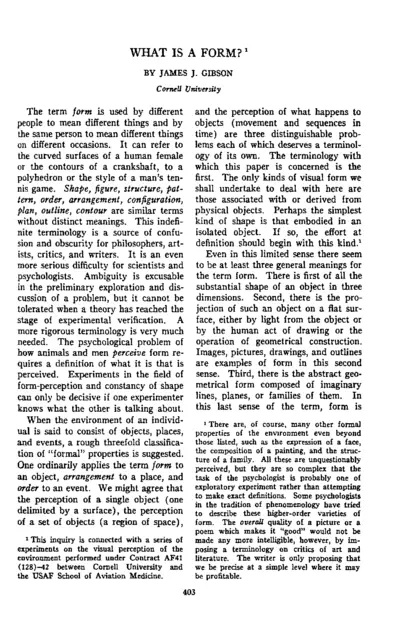
Understanding Form and Form-Perception by James J. Gibson
This document explores various definitions and theories of form, emphasizing the need for precise terminology. It delves into experiments related to the visual perception of form, distinguishing between solid and surface forms. The text critiques traditional views and presents new perspectives on form-perception.
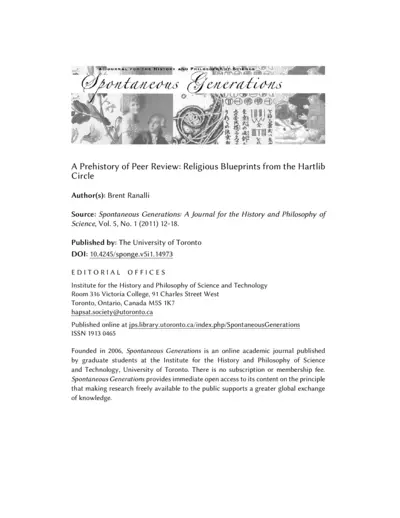
Prehistory of Peer Review: Religious Blueprints
This file explores the origins and development of peer review in science, tracing its roots to religious scholars in the Hartlib circle. It discusses the influence of the Royal Society of London and other early scientific organizations. The content is based on extensive historical research and analysis.
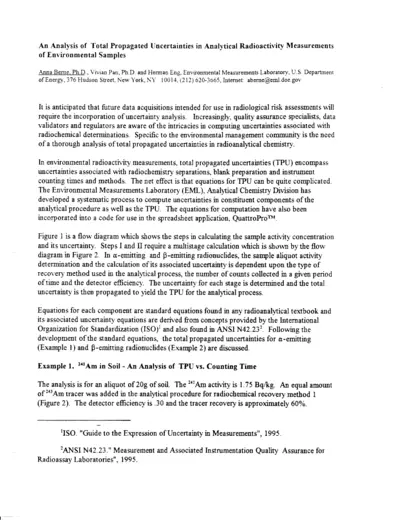
Analysis of Uncertainties in Radioactivity Measurements
This document discusses the uncertainties in analytical radioactivity measurements of environmental samples. It includes detailed equations and methods for calculating total propagated uncertainties. Useful for quality assurance specialists, data validators, and radiochemical analysts.
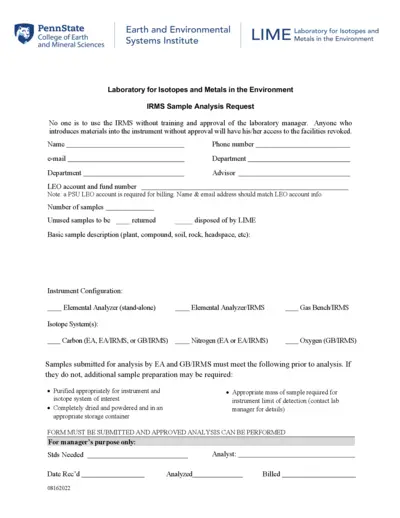
IRMS Sample Analysis Request Form Guidelines
This file contains instructions and details about the IRMS Sample Analysis Request Form. It is used to request sample analysis in the Laboratory for Isotopes and Metals in the Environment. Ensure you have the required approvals before using the IRMS.
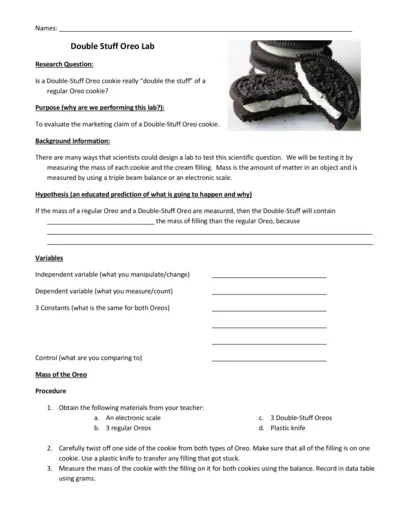
Double Stuff Oreo Cookie Science Experiment
This file contains details and instructions for conducting a science experiment to evaluate the marketing claim of Double-Stuff Oreo cookies. Users will measure the mass of regular and Double-Stuff Oreo cookies along with their fillings. It guides users through the process of data collection, calculation, and analysis using the scientific method.
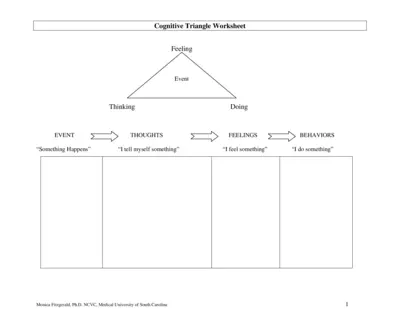
Cognitive Triangle Worksheet Instructions and Details
This file provides an overview and detailed instructions on how to use the Cognitive Triangle Worksheet. It helps users understand the relationship between their thoughts, feelings, and behaviors. Perfect for those interested in cognitive-behavioral strategies.

Engaging Doctor Pretend Play Printables for Kids
Transform playtime with free doctor pretend play printables designed for kids. These fun tools foster creativity and learning through imaginative play. Perfect for children from toddlers to first graders.
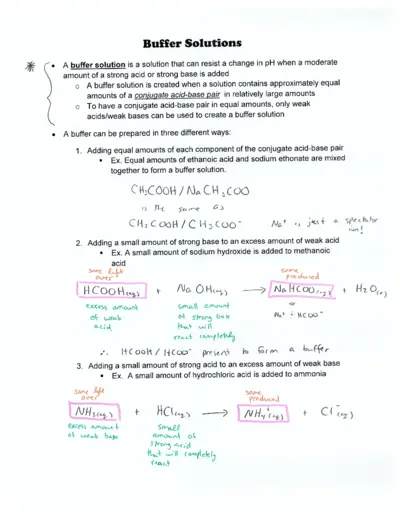
Buffer Solutions: Understanding Their Functionality
This file provides comprehensive insights into buffer solutions, including their preparation and pH resistance mechanisms. Ideal for chemistry students and professionals seeking to understand buffer systems. Practice problems included for hands-on learning.
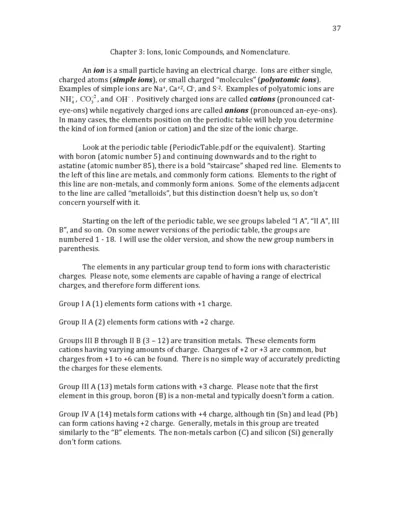
Ions and Ionic Compounds: Understanding Nomenclature
This file provides a comprehensive overview of ions, including their types, charges, and nomenclature rules. It covers essential details such as simple and polyatomic ions, and how to name them correctly. Perfect for students and professionals looking to deepen their understanding of ionic compounds.
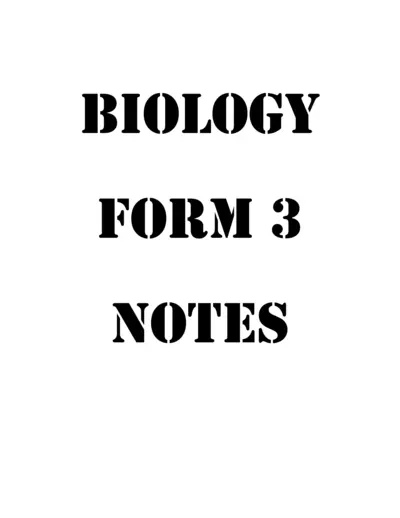
Biology Form 3 Notes and Instructions
This file contains detailed biology notes for Form 3 students. It covers essential topics such as organism classification and characteristics of various kingdoms. Perfect for studying and exam preparation.
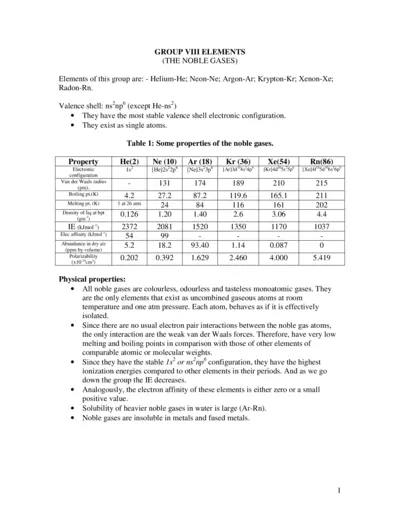
Noble Gases Properties and Chemical Behavior
This document provides a comprehensive overview of the noble gases, their properties, and chemical behaviors. It includes information on individual gases, their electronic configurations, and compound formations. Ideal for students and professionals in chemistry.
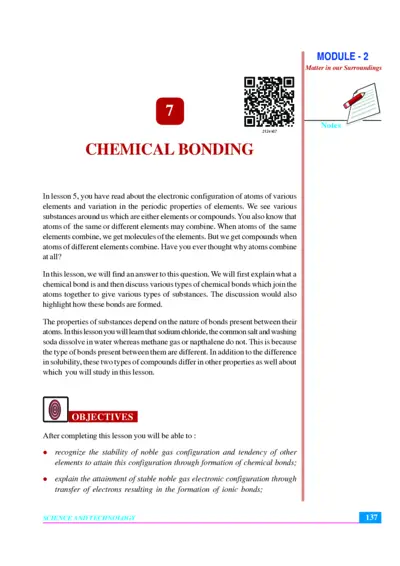
Chemical Bonding and Matter in Our Surroundings
This file provides detailed insights into chemical bonding, including ionic and covalent bonds. It covers the principles of matter in our surroundings and the electronic configurations of elements. Ideal for students and educators in chemistry to enhance their understanding.